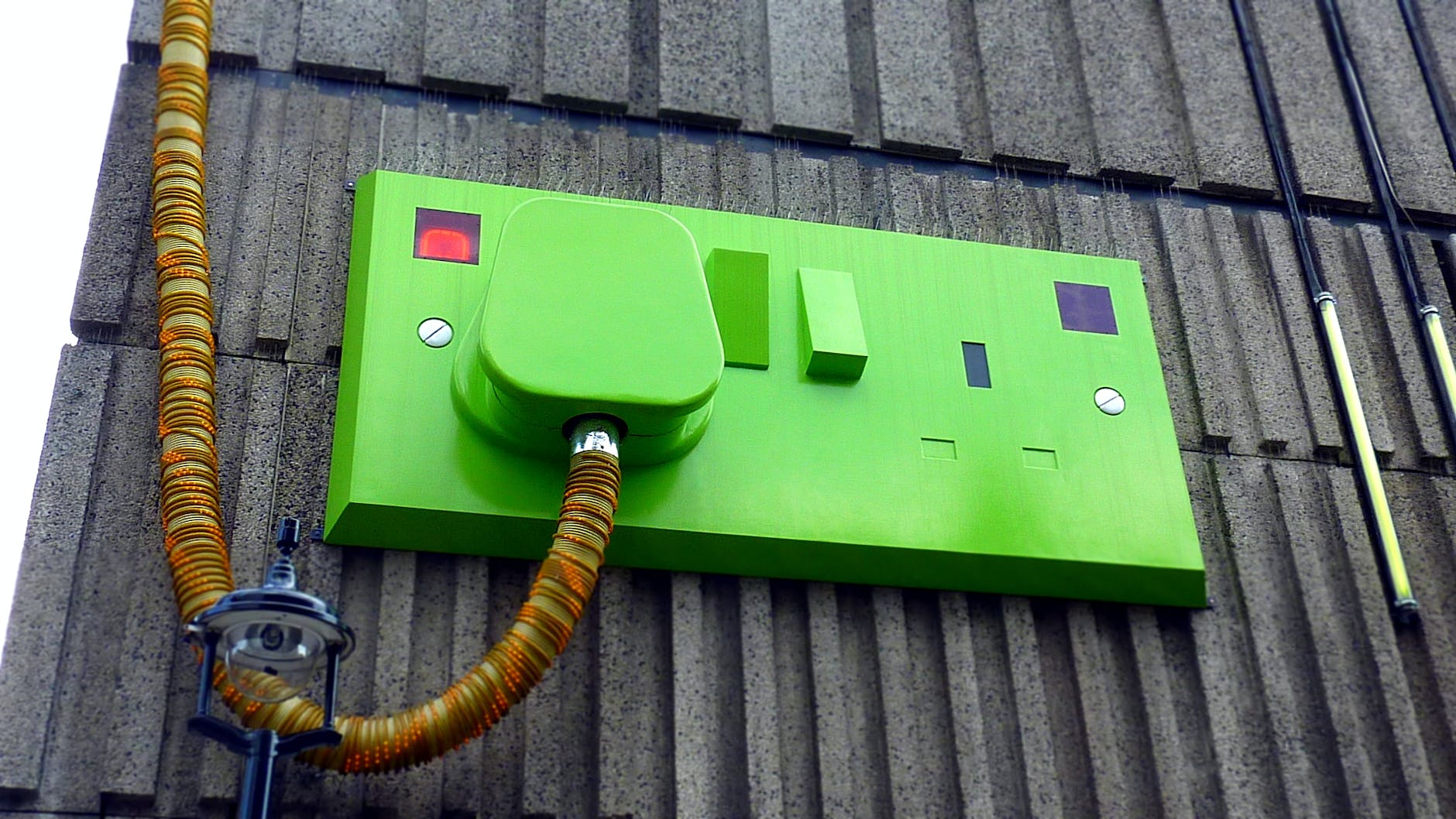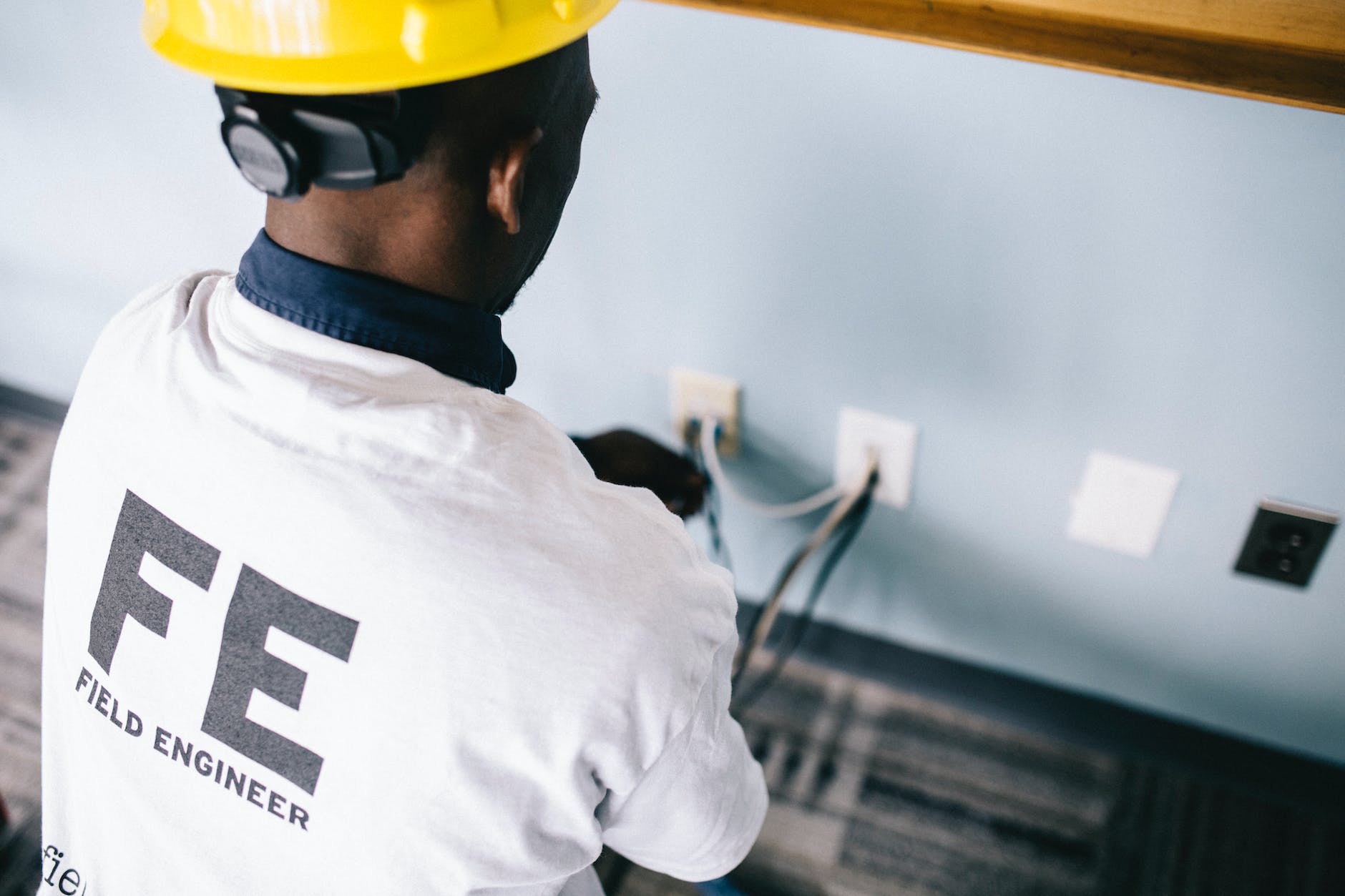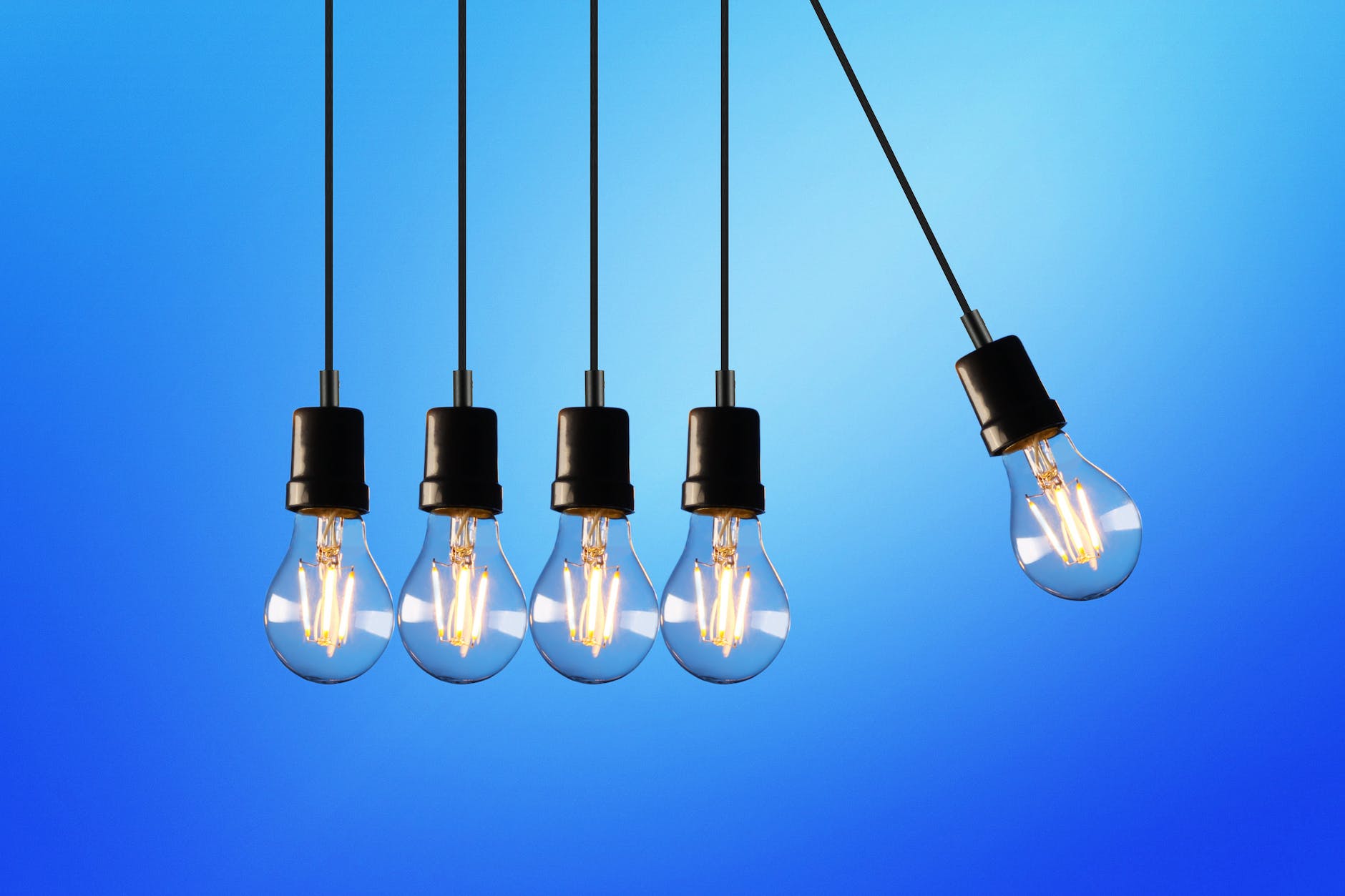Ensuring that your electrical fittings installation is up to code is crucial for the safety and efficiency of your home or building. In this article, we’ll provide you with a comprehensive inspection checklist to help you ensure that your electrical fittings installation is up to code.
Check Electrical Panels
Start by checking your electrical panels to ensure that they are properly labeled and accessible. All breakers and fuses should be properly rated and easily accessible. The panel should also be grounded.
Inspect Wiring
Inspect all wiring to ensure that it is properly installed, and that there are no exposed wires. The wiring should be properly secured and protected from damage. It’s important to note that different types of wires should not be mixed together, and that the correct gauge of wire is used for the intended purpose.
Check Outlets and Switches
Check all outlets and switches to ensure that they are properly grounded, and that there are no loose connections or exposed wires. All outlets and switches should be securely mounted and properly wired.
Test Ground Fault Circuit Interrupters (GFCIs)
GFCIs are an important safety feature for electrical fittings installations. Test all GFCIs to ensure that they are working properly, and that they trip when a fault is detected.
Verify Proper Circuit Sizing
Ensure that all circuits are properly sized, and that they are not overloaded. Each circuit should be properly labeled, and the load should be evenly distributed across all circuits.
Inspect Lighting Fixtures
Inspect all lighting fixtures to ensure that they are properly installed, and that they are not damaged or overheating. The correct type of bulb should be used for each fixture, and the fixture should be rated for the correct wattage.
Check Smoke Detectors
Smoke detectors are an essential safety feature for any home or building. Test all smoke detectors to ensure that they are working properly, and that they are properly located throughout the building.
Conclusion
By following this comprehensive inspection checklist, you can ensure that your electrical fittings installation is up to code and functioning properly. However, if you’re unsure about any aspect of your electrical fittings installation, it’s always best to consult with a professional electrician or electrical fittings service provider. With proper maintenance and care, your electrical fittings installation can continue to function safely and efficiently for years to come.






